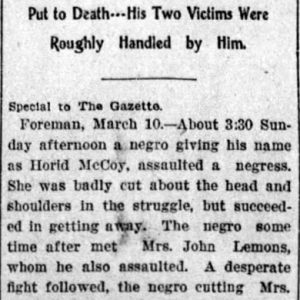 Hosey McCoy Lynching Article
Hosey McCoy Lynching Article
Entry Type: Event
 Hosey McCoy Lynching Article
Hosey McCoy Lynching Article
McCurtain, Amos (Execution of)
McDonald (Lynching of)
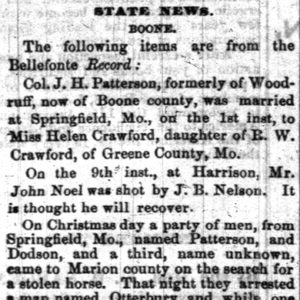 McDonald Lynching Article
McDonald Lynching Article
 McGehee Flood
McGehee Flood
McGehee Lynching of 1894
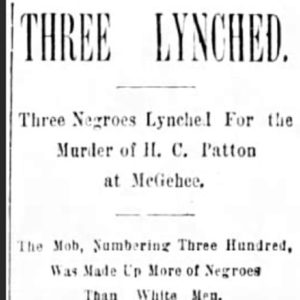 McGehee Lynching Article
McGehee Lynching Article
McGraw’s Mill, Skirmish at
McGuire’s, Affair at
McIntyre, Samuel (Lynching of)
 Samuel McIntyre Lynching Article
Samuel McIntyre Lynching Article
McKee, William (Execution of)
McLendon, Will (Reported Lynching of)
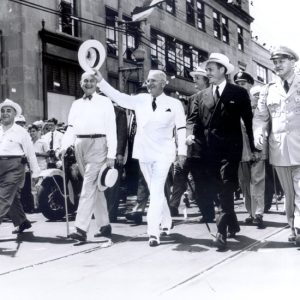 Sid McMath with Truman
Sid McMath with Truman
McNeil, Sharpe (Lynching of)
McWhorter, Dave (Execution of)
Memphis Tennessee to Marion, Expedition from
Memphis, Tennessee, into Southeast Arkansas and Northeast Louisiana, Expedition from
 Mena Lynching
Mena Lynching
Mercer, William (Lynching of)
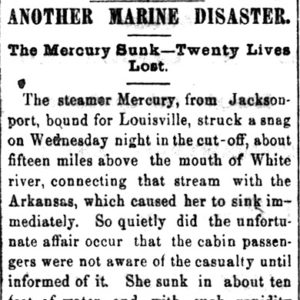 Mercury Steamboat Article
Mercury Steamboat Article
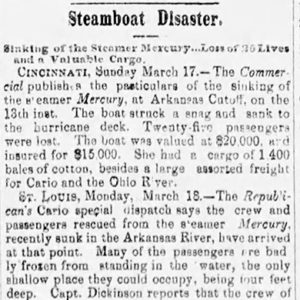 Mercury Steamboat Article
Mercury Steamboat Article
Mexican War
aka: U.S.-Mexican War
aka: Mexican-American War
Militia Wars of 1868–1869
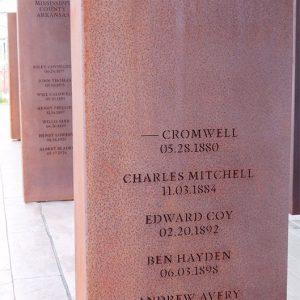 Miller County Lynching
Miller County Lynching
Mills, Lee (Execution of)
aka:
 Minnow Harvest
Minnow Harvest
 Minnow Harvest
Minnow Harvest
 Minute Man Groundbreaking
Minute Man Groundbreaking
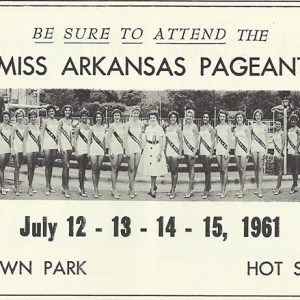 Miss Arkansas Pageant Ad
Miss Arkansas Pageant Ad
Miss Arkansas Pageant
Mississippi County Executions of 1880
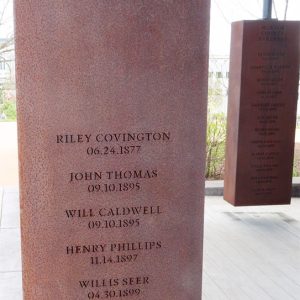 Mississippi County Lynching
Mississippi County Lynching
Mississippi River Lynching of 1841
Mitchell v. Globe International Publishing
aka: People's Bank and Trust Company of Mountain Home v. Globe International Publishing
Mitchell v. United States
Mitchell, Charles (Lynching of)
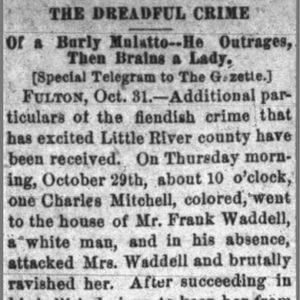 Mitchell Lynching Article
Mitchell Lynching Article
Mitchell, Elton (Lynching of)
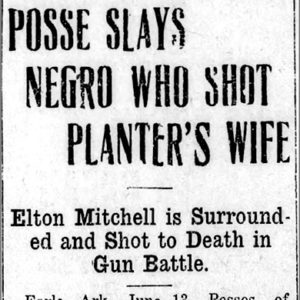 Elton Mitchell Lynching Article
Elton Mitchell Lynching Article
Moffatt, Columbus (Execution of)
 Monroe County Lynching Article
Monroe County Lynching Article
 Monroe County Lynching Article
Monroe County Lynching Article
Monroe County Lynching of 1893
Monroe County Lynching of 1915
aka: H. M. Gandy (Lynching of)
aka: Jeff Mansell (Lynching of)
 Monroe County Lynching Article
Monroe County Lynching Article
Monticello Road, Skirmish at (May 16, 1865)
Monticello, Skirmish at (May 24, 1865)
Monticello, Skirmish at (September 11, 1864)
 Moonlighters Poster
Moonlighters Poster




